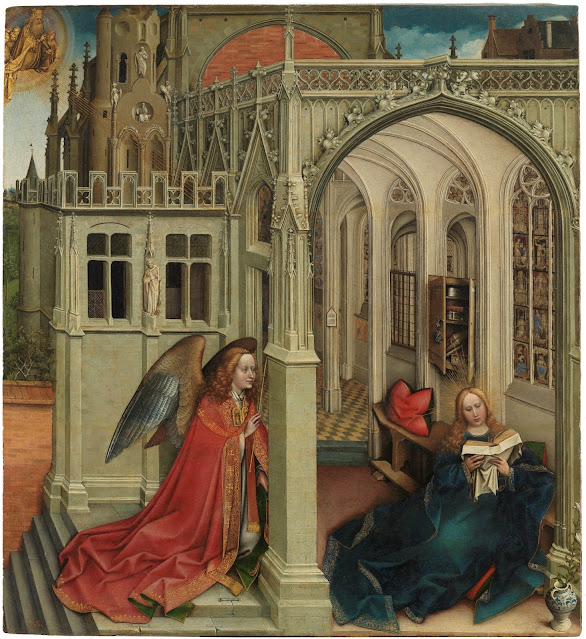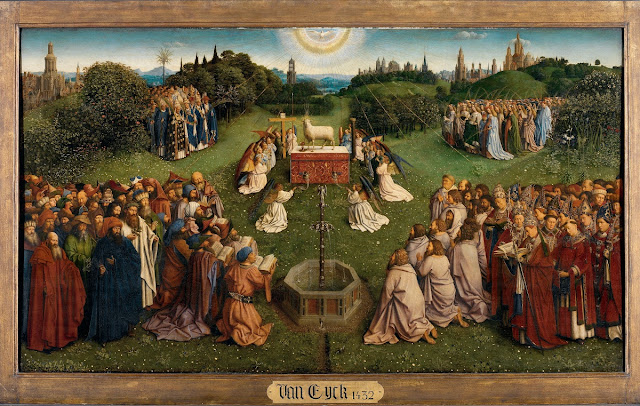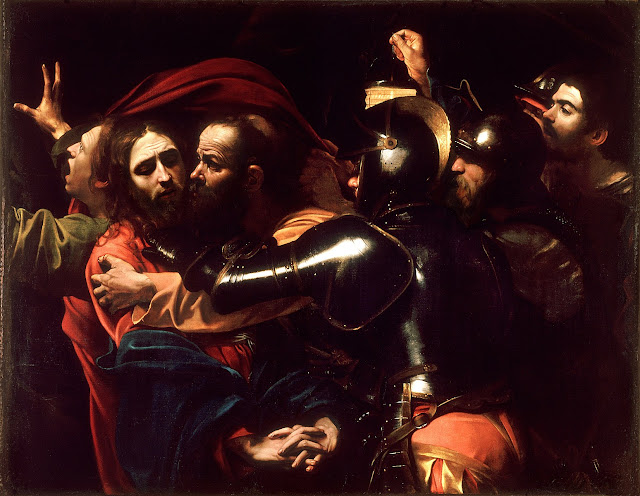The Vale of Rest by John Everett Millais (Interpretation and Analysis)

The Vale of Rest Source: Wikimedia Commons For day two of John Everett Millais week, I want to take a look at a more staid, contemplative piece of art: The Vale of Rest . The title of this piece comes from composer Felix Mendelssohn's song Ruhetal , which translates to restful valley in German. Like Mendelssohn's song—which discusses the narrator’s final resting-place—Millais’ painting explores the theme of death. The piece depicts a graveyard at twilight. Two nuns are present, one is vigorously digging a grave, while the other woman sits on a headstone. Her face is turned toward the viewer, and her expression conveys pain and sadness. There is no sign of what they are burying or exhuming, but the nun’s anguished face and the skull on her rosary beads clearly signals death. Two wreaths rest next to the sitting nun, another sign that a funeral may be about to take place. A low wall surrounds the graveyard, and the belfry of a chapel can be seen in the distance. A purply, golden ...






